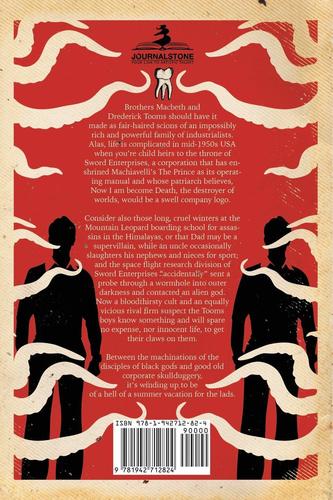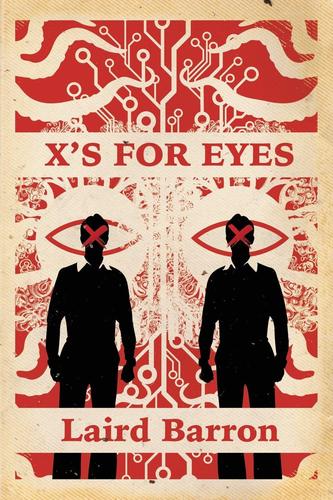Poetic Witchery and the Strangeness in Ordinary Things: Algernon Blackwood’s The Empty House and Other Ghost Stories
 Of the many things Algernon Blackwood did in his lifetime the most notable is producing a substantial body of horror and weird fiction. He tends to be overshadowed by some other writers of yesteryear, but one of the best known of those writers, H.P. Lovecraft, offered high praise for his abilities:
Of the many things Algernon Blackwood did in his lifetime the most notable is producing a substantial body of horror and weird fiction. He tends to be overshadowed by some other writers of yesteryear, but one of the best known of those writers, H.P. Lovecraft, offered high praise for his abilities:
Of the quality of Mr. Blackwood’s genius there can be no dispute; for no one has even approached the skill, seriousness, and minute fidelity with which he records the overtones of strangeness in ordinary things and experiences, or the preternatural insight with which he builds up detail by detail the complete sensations and perceptions leading from reality into supernormal life or vision. Without notable command of the poetic witchery of mere words, he is the one absolute and unquestioned master of weird atmosphere; and can evoke what amounts almost to a story from a simple fragment of humourless psychological description. Above all others he understands how fully some sensitive minds dwell forever on the borderland of dream, and how relatively slight is the distinction betwixt those images formed from actual objects and those excited by the play of the imagination.
The Empty House and Other Ghost Stories was the first of Blackwood’s many story collections. It first saw publication in 1906. The edition reviewed here was published in 1916.









